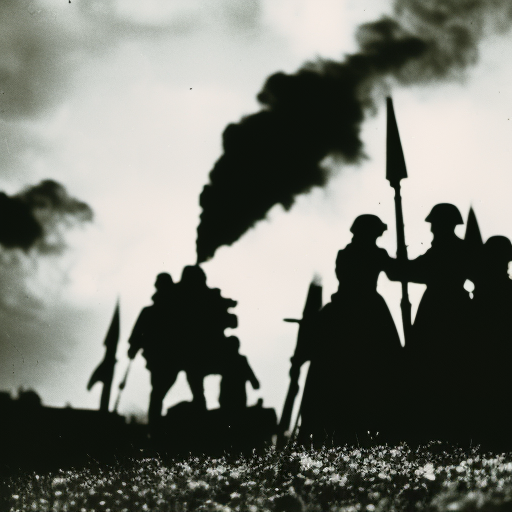Battle of Nördlingen: The Turning Point of the Thirty Years’ War
The Battle of Nördlingen, fought on September 6-7, 1634, was a decisive conflict during the Thirty Years’ War. It pitted the Catholic forces of the Holy Roman Empire and Spain against the Protestant armies of Sweden and their German allies. The battle took place near the town of Nördlingen in present-day Bavaria, Germany. The outcome of the battle would have far-reaching consequences for the war and the balance of power in Europe.
The Context:
By the early 17th century, religious tensions and political rivalries had plunged Europe into a series of conflicts known as the Thirty Years’ War. The war was primarily fought between Catholic and Protestant states, with various powers vying for control and influence. Sweden, a Protestant nation, had entered the war on the side of the Protestant German states, seeking to expand its own influence in the region.
The Battle:
The Battle of Nördlingen began with an initial Swedish assault on the Imperial and Spanish positions. The Swedish forces, led by Field Marshal Gustav Horn and General Bernhard of Saxe-Weimar, hoped to break through the enemy lines and secure a decisive victory. However, the Catholic forces, commanded by Field Marshal Johann von Werth and General Gonzalo Fernández de Córdoba, were well-prepared and held their ground.
The battle unfolded in three main phases. In the first phase, the Swedish assault was repelled, and the Catholic forces held their positions. In the second phase, the Catholic cavalry launched a devastating counterattack, routing the Swedish horsemen and causing chaos in their ranks. The Swedish infantry, left vulnerable without cavalry support, was then surrounded and overwhelmed in the final phase of the battle.
The Outcome:
The Battle of Nördlingen resulted in a resounding victory for the Catholic forces. The Swedish and German Protestant armies suffered heavy casualties, with thousands killed, wounded, or captured. Many of the Swedish commanders were captured, including Field Marshal Gustav Horn. The defeat severely weakened the Protestant cause and marked a turning point in the war.
Consequences:
The Catholic victory at Nördlingen had significant consequences for the balance of power in Europe. It allowed the Catholic powers, particularly the Holy Roman Empire and Spain, to regain the initiative and push back against the Protestant forces. The defeat also undermined Swedish influence in Germany and forced them to withdraw from the southern part of the country.
The Battle of Nördlingen also had political and diplomatic repercussions. It strengthened the position of the Holy Roman Emperor Ferdinand II and increased his authority over the German states. It also led to the collapse of the Protestant Union, a military alliance of Protestant states, and weakened the Protestant cause in the negotiations that followed.
Legacy:
The Battle of Nördlingen was a turning point in the Thirty Years’ War. It marked the decline of Swedish influence in Germany and the resurgence of the Catholic powers. The defeat of the Protestant forces at Nördlingen set the stage for the subsequent Peace of Prague in 1635, which favored the Catholic side and further weakened the Protestant cause.
In conclusion, the Battle of Nördlingen was a decisive conflict during the Thirty Years’ War. The resounding Catholic victory shifted the balance of power in Europe and dealt a severe blow to the Protestant cause. The battle marked the decline of Swedish influence in Germany and set the stage for further Catholic successes in the war.












